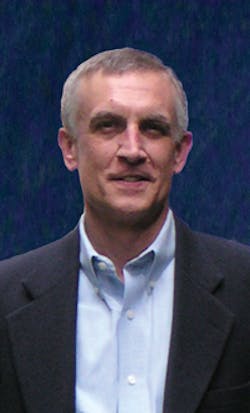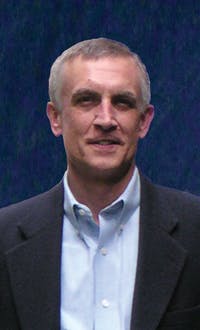Measuring competencies in lean and innovative companies
This flatter structure is often described in terms of ratios. Lean organizations typically have management-to-staff ratios of 1:7 to 1:11 or higher. “Managers” in these organizations typically earned that title based on strong technical or functional skills. In nonlean organizations, expert managers could completely oversee the work of direct reports and still have the time and bandwidth to spot and avert errors that would otherwise escape from their departments.
In lean organizations, complete oversight is not always a realistic expectation. Hence, lean organizations need a way to put equivalent quality checks in place using a different method. Today, the goal is to ensure practitioners have the best possible chance of avoiding or catching errors themselves.
Lean engineering began in leading companies in the 1990s and gradually grew. Early adopters were held back by long-standing norms of political correctness enforced by human resources. In the last century, it was considered inappropriate for managers to articulate (never mind measure) differences in personnel who were all at the same job grade. A job grade meant everyone netted out to the same general capability.
Folks in software industries were the first to quantitatively show the error of this thinking. As early as the mid-1980s, it was shown that the most-capable software developer at a given job grade was 10× better than the least capable software developer. But it was not politically correct to act on the facts. The diversity movement of the 1990s further reinforced this definition of political correctness.
Then lean engineering became a mainstream corporate value, followed shortly by the arrival of a global economy. Globalization changed the basis of competition and resulted in many western companies emphasizing innovation. Being innovative implies that a certain level of expertise is necessary to be better than one’s competitors. Together, lean and global-innovative practices began to alter the definition of political correctness that had been the overriding corporate value for several decades.
Today, and in the future, product developers can expect an increased focus on their skill sets when they apply for jobs and for the duration of their employment. The new politically correct norm is that management will work to ensure there are equally capable professionals at a given job grade.
To do this, it takes measurements to identify strengths and weaknesses in people as regards their department responsibilities and the company’s needs. This is typically done by answering two primary questions. First, what is needed for today’s product portfolio and pipeline? Second, what is needed for the longer horizon defined by the company’s product and technology road maps?
One’s reaction to this growing area of measurement somewhat depends on age. Seasoned employees are often negative about it because they began careers when this type of assessment was not politically correct. To the seasoned, it seems as if something more is being required for the same money. Folks who have more recently entered the workforce have less consternation as “this is how it always has been.”
Regardless of how long you’ve been in the engineering and design workforce, be positive. Your employer is more concerned about you than ever before. Your company is investing to build your capabilities. And you get to keep that knowledge. The more you and your colleagues can outperform competitors, the more profitable your company will be and that can only be good for you as well. Embrace this new area of measurement. With global knowledge doubling every one to two years, those who stay current have a better chance at a satisfying career.
Bradford L. Goldense, NPDP, CMfgE, CPIM, CCP, president of Goldense Group Inc. (GGI), has advised over 300 manufacturing companies in product management, R&D, engineering, product development, and metrics on four continents. GGI is a consulting, market research, and executive education firm founded in 1986.
Subsequent writings in this column will expand on the lessons-learned of where
we have been, and will offer views on what the future holds for product design.
About the Author
Bradford Goldense
Contributing Technical Expert
Bradford L. Goldense is founder and president of Goldense Group, Inc. [GGI] (www.goldensegroupinc.com), a consulting, market research, and education firm focused on business and technology management strategies and practices for product creation, development, and commercialization. He has been an adjunct faculty member of the graduate engineering school at Tufts University's Gordon Institute for 19 years. Goldense is a Certified New Product Development Professional [NPDP], a Certified Manufacturing Engineer [CMfgE], a Certified Computer Professional [CCP], and is Certified In Production & Inventory Management [CPIM]. He holds over 200 registered copyrights and is a recognized subject-matter expert, including appearances on PBS and CNBC. He has consulted to over 250 companies and over 750 manufacturing locations on four continents since founding GGI in 1986. Goldense holds an MBA in Accounting from the Cornell Johnson School and a BSCE from Brown University. For more information, please see Brad's LinkedIn profile or visit GGI's home page.

